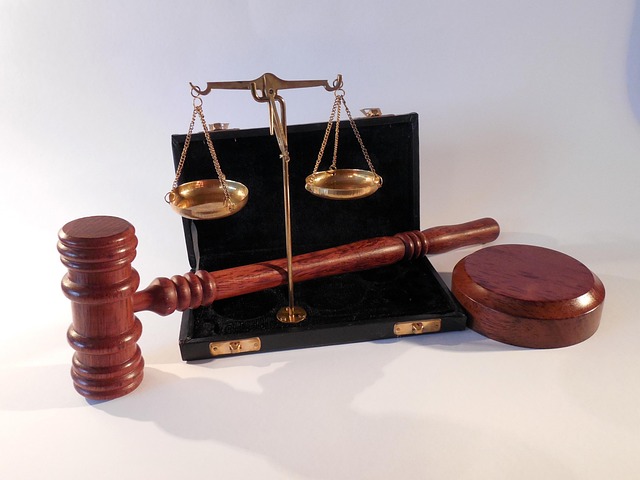A successful workplace accident claim relies on robust evidence collection by skilled lawyers who analyze medical records, witness statements, security footage, policies, and safety reports to pinpoint employer negligence. These attorneys leverage their expertise in workplace safety laws and standards to build strong cases, ensuring clients receive adequate compensation for job-related injuries. Consulting a qualified workplace accident lawyer is crucial for navigating complexities, securing fair compensation, and advocating on behalf of victims.
A skilled workplace accident lawyer plays a pivotal role in securing justice and compensation for clients injured on the job. Building strong cases requires a strategic approach, encompassing key elements like gathering comprehensive evidence from various sources, delving into relevant legal knowledge, and fostering effective client communication. This article explores these essential components, providing insights into how a competent attorney navigates complexities, advocates for clients’ rights, and ensures they receive fair and just compensation.
- Gathering Evidence: The Foundation of a Strong Case
- – Sources of evidence: witness statements, medical records, security footage, employer policies, and safety reports
- – Importance of prompt investigation and documentation after the accident
Gathering Evidence: The Foundation of a Strong Case

When building a case for a workplace accident, gathering evidence is paramount. A skilled workplace accident lawyer knows that each detail matters—from medical records detailing injuries and treatments to witness statements providing accounts of the incident. They meticulously collect and analyze this evidence to identify patterns and negligence on the part of employers.
An experienced attorney understands the legal requirements and standards that govern workplace safety, using them as a framework to assess whether an employer’s actions or inactions constitute a breach of fiduciary duty. By combining hard facts with understanding of applicable laws, these lawyers can construct a compelling narrative around serious injuries sustained on the job, ensuring their clients receive the compensation they deserve for their hardships and struggles.
– Sources of evidence: witness statements, medical records, security footage, employer policies, and safety reports

When building a strong case for a workplace accident, a skilled workplace accident lawyer leverages various sources of evidence to ensure a comprehensive and compelling argument. Witness statements from colleagues who were present during the incident provide firsthand accounts, which are crucial in determining liability. Medical records offer detailed insights into the extent of the injuries sustained, including diagnoses, treatments, and recovery timelines. This information is not only critical for calculating injury compensation but also for proving the direct impact of the accident on the victim’s health.
Security footage from surveillance cameras can capture the event, offering visual proof that supports or refutes accounts from witnesses and victims. Employer policies related to safety protocols, training, and equipment maintenance provide context about whether the organization followed best practices. Safety reports, including inspections and incident reviews, offer additional documentation that can highlight negligence or recurring issues. By gathering and analyzing these different types of evidence, a workplace accident lawyer can construct a robust case, which may lead to favorable outcomes in employment disputes or claims for caregiver abuse.
– Importance of prompt investigation and documentation after the accident

A successful workplace accident lawyer relies on meticulous evidence gathering, promptly conducting investigations, and thoroughly documenting every detail post-incident. By leveraging witness statements, medical records, security footage, employer policies, and safety reports, they construct robust cases that ensure justice for clients. This comprehensive approach underscores the importance of their role in navigating complex legal landscapes and securing favorable outcomes for those harmed by workplace incidents.






